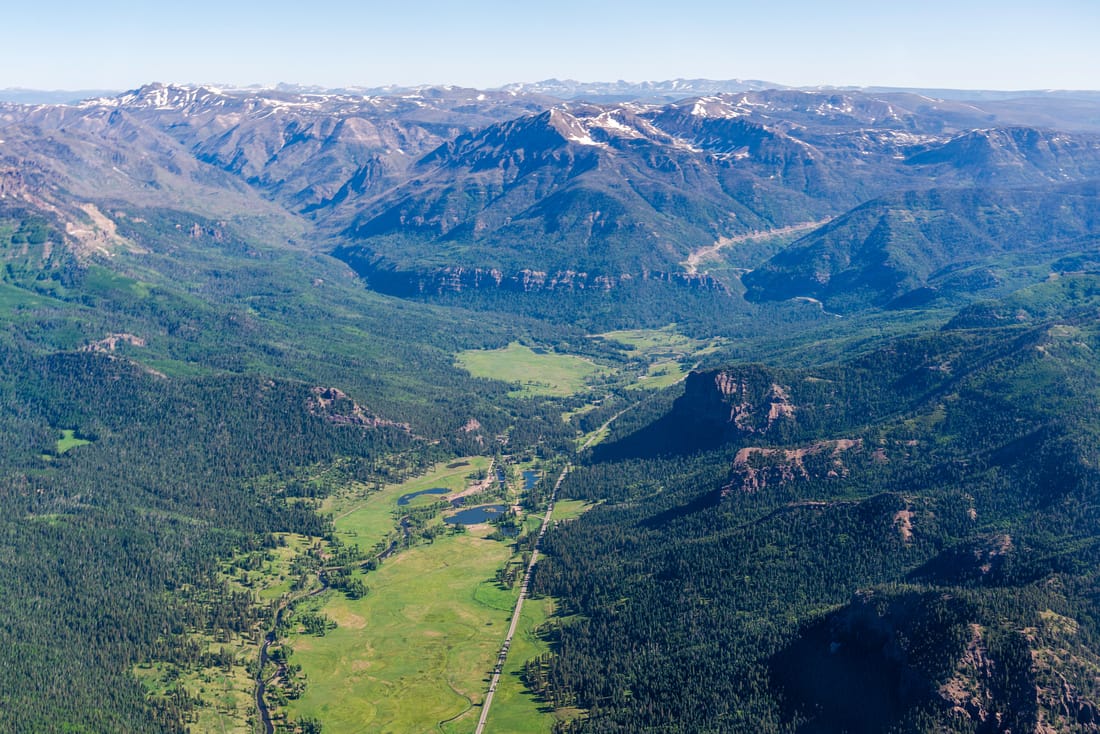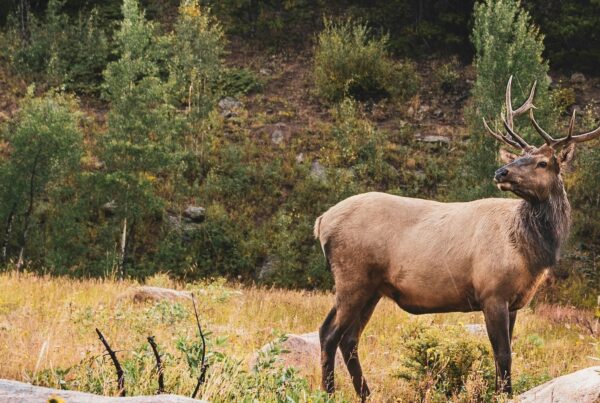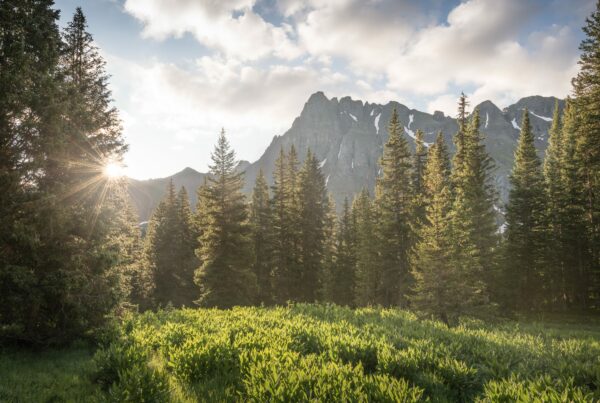This summer the San Juan Citizens Alliance teamed up with Ecoflight for a flyover of the Southern San Juans. EcoFlight is a nonprofit organization that educates and advocates for the protection of remaining wild lands and wildlife habitat using small aircraft. Our small cohort of advocates and journalists joined EcoFlight’s pilot Gary for an aerial perspective of elk and mule deer migrations from winter range in the basins to summer range high in the alpine.
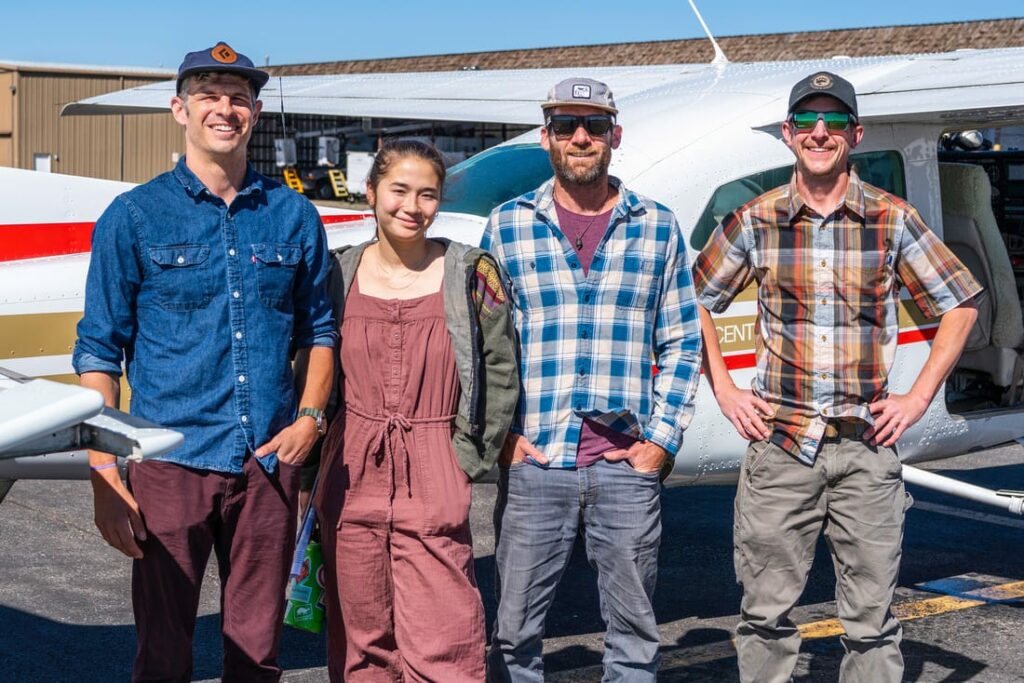
Viewing migration corridors and crucial habitat from the air helps us to understand the importance of habitat connectivity and permeability. Early habitat management focused on isolated islands of habitat, protecting the most critical areas from development. But migrations are a landscape level survival strategy that require connectivity between seasonal habitats, so that species can use the topography to weather harsh seasonal changes.
With the advent of new migration science from western researchers, federal and state agencies are recognizing the importance, and vulnerability, of landscape connectivity and are beginning to map remaining habitat and patterns of use.
The jigsaw puzzle nature of western land management complicates these efforts. Migratory species must navigate a patchwork of jurisdictions – private, state, federal, and Tribal. Along the way they encounter habitat fragmentation and loss from residential, commercial, industrial, and recreational development.
Thankfully, wildlife biologists are gathering new data on crucial habitat including severe winter range – where animals survive harsh winters, summer range – where they put on fat stores and bear young, and the migration corridors that link these seasonal habitats. If land managers are able to cooperate across jurisdictions to conserve these ancient routes, our migratory species can thrive.
Our flight focused on elk and deer migrations. Colorado has the largest elk population in North America and largest mule deer population in the United States. CPW has identified the San Juan Basin specifically as a priority area for habitat connectivity. Today, the San Juan herds are in decline due to habitat fragmentation and loss and the cow calf ratio of our elk herds is too low to sustain the population.
- New science and collar data are identifying migration routes and crucial seasonal habitats, and clarifying the impact of human disturbance
- Federal and state policy are starting to prioritize habitat connectivity, and there are opportunities on the horizon to work across jurisdictions to protect migrations
- Habitat connectivity benefits biodiversity, climate resilience, and ecosystem services
Our flight path took us over elk and mule deer migration routes, from winter range in the basins to summer range in the alpine. These landscape level migrations span a patchwork of land ownership and management including federal, state, Tribal and private lands. Along the way, deer and elk encounter numerous threats like industrial, recreation, and residential development and highway crossings.
HD Mountains
The HD Mountains between Highway 160 and Southern Ute lands along the border harbor some of the last remaining old growth ponderosa stands in the basin. This low elevation mountain range surrounding Chimney Rock provides crucial winter habitat for deer and elk, ensuring the population can stay healthy enough over winter to migrate and reproduce the following year. The HDs have been heavily exploited for oil and gas development. New proposals to expand wellpads and increase drilling in the interior threaten to fragment habitat further.
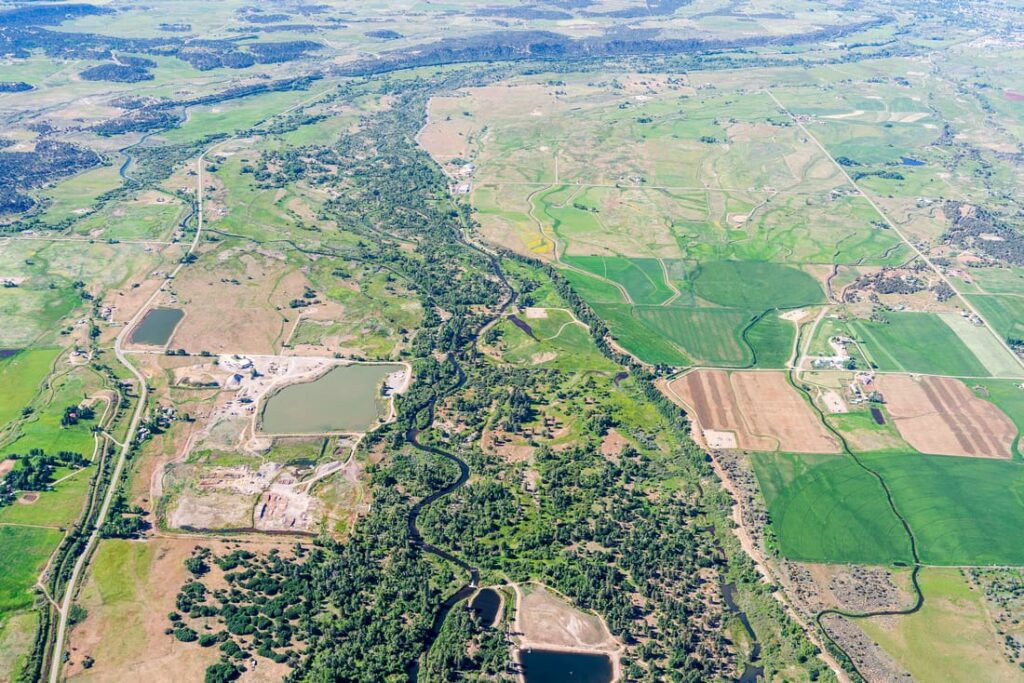
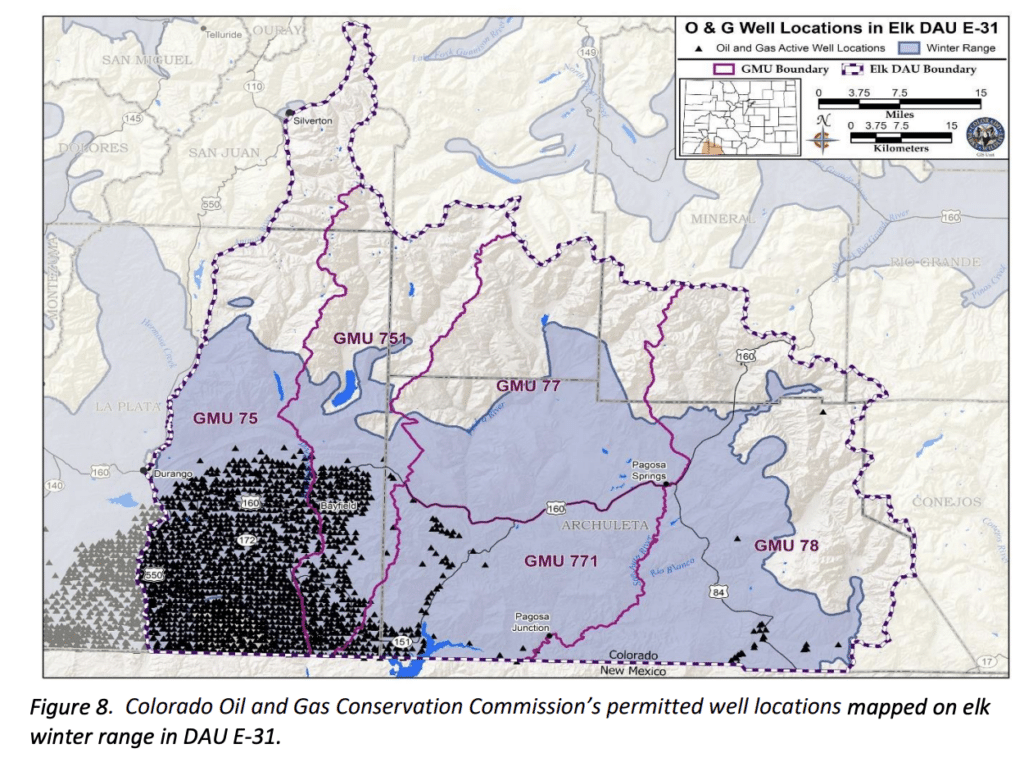
Highway 160 Overpass
Highways can fragment habitat and lead to vehicle/wildlife collisions when they intersect migration routes. In 2021 CDOT, in partnership with CPW, the Southern Ute Tribe, and several nonprofits, constructed a wildlife overpass and underpass 13 miles west of Pagosa Springs, along with an 8’ high exclusion fence on either side of the highway, to reduce accidents and facilitate wildlife movement.
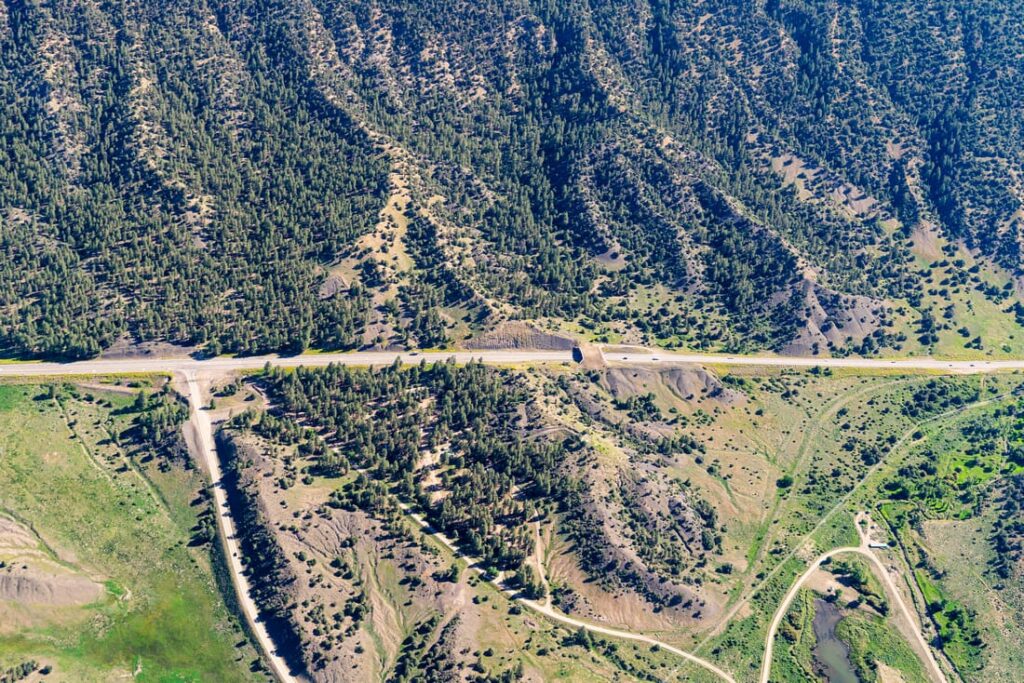
Jackson Mountain
The forested flanks of Jackson Mountain, north of Pagosa Springs, host important severe winter range and winter concentration areas for big game. These high priority habitats are essential for deer and elk to survive cold winters and deep snowpacks. Jackson Mountain rises above Turkey Creek, a narrow drainage that connects ponderosa forests in the basin to the spruce/fir near Wolf Creek pass. Ungulates follow the spring green up to the alpine meadows above where they put on fat stores and give birth.
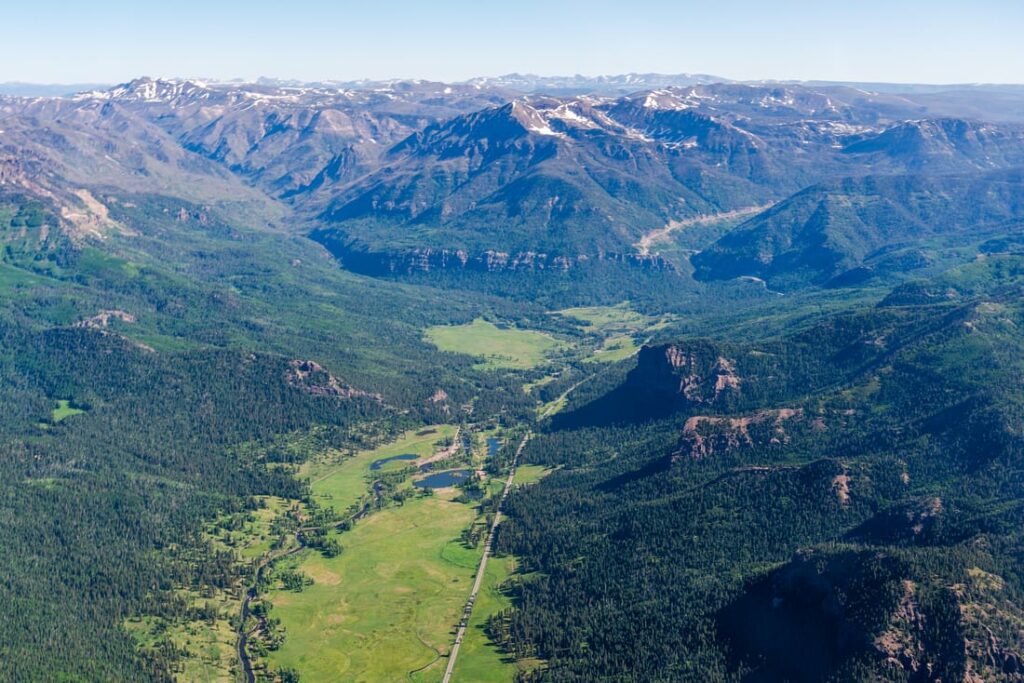
The steep terrain on Jackson Mountain also attracts outdoor recreation leading to conflicts over trails through critical habitat. When wildlife experts and advocates raised the alarm, the Forest Service pulled back a proposal to codify and expand an illicit trail system, committing instead to thorough stakeholder engagement to provide recreation access while conserving critical habitat.
Wolf Creek Pass
As forage greens up along the elevation gradient with the changes of the seasons, migratory ungulates follow their well-worn routes to summer range in the highlands to calve. The high alpine meadows on Wolf Creek Pass and throughout the San Juans nourish the herds and fatten up the new generation before the snow starts to fall in the mountains. SJCA has advocated for decades to prevent development of an 8000-person resort, the Village at Wolf Creek, atop Wolf Creek pass, which is also a Key Linkage Area for federally threatened Canada lynx.
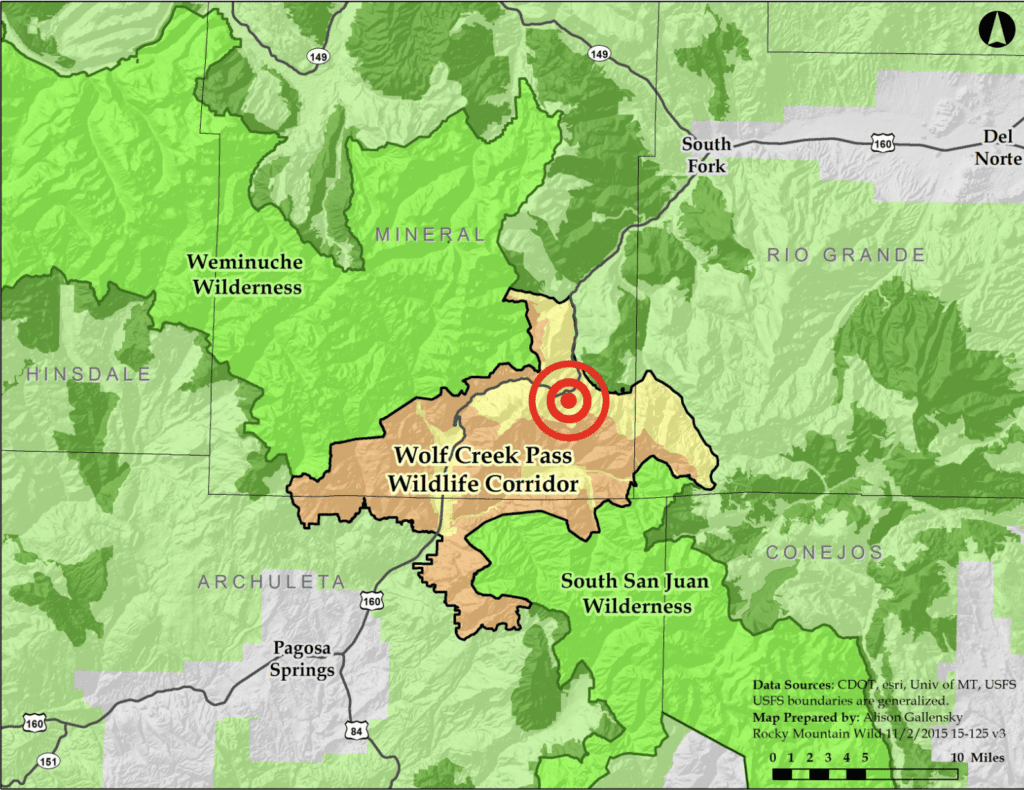
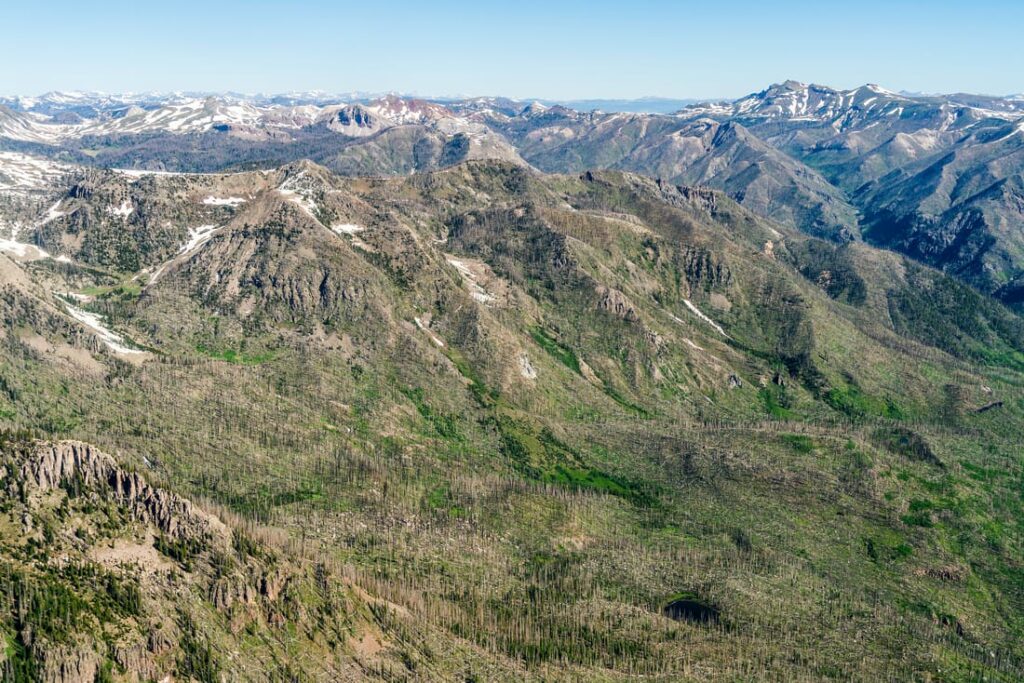
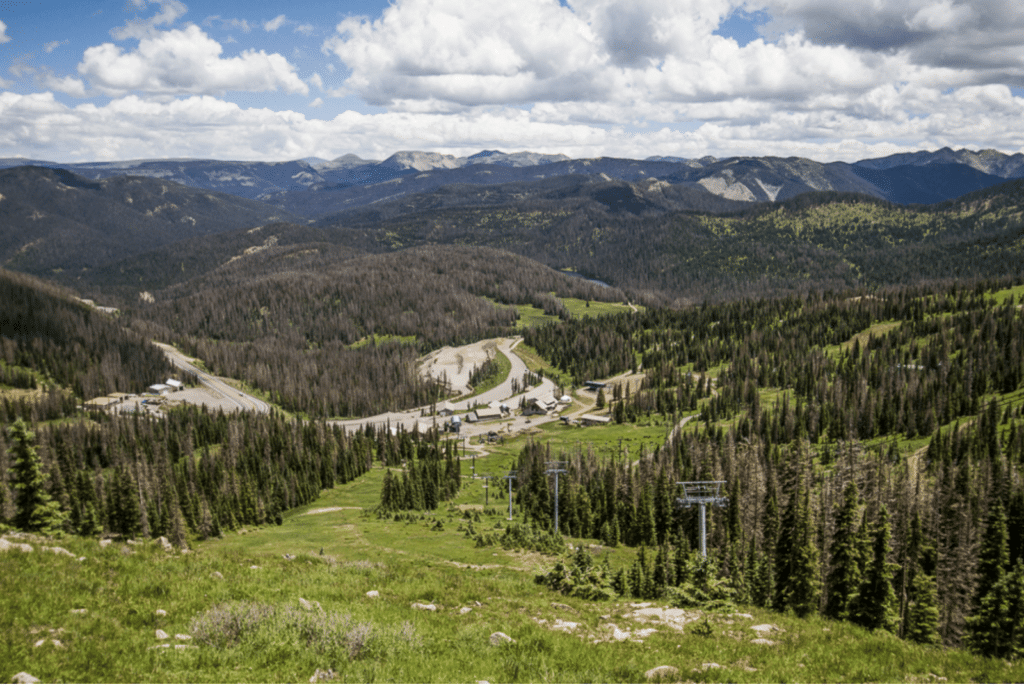
The landscape level view of our Ecoflight helped us understand the lengths ungulates must go to survive seasonal changes, and the fragmented nature of the habitat they traverse. Habitat connectivity is important not only for migratory species, but for biodiversity in general, climate resilience, and ecosystem services like watershed health.
Opportunities Ahead
CPWs most recent assessment of the San Juan herds concluded “Cumulative impacts to critical habitat, including winter range, migration corridors, production areas, and high elevation summer range, due to human population growth is a concern.”
In the face of rapid biodiversity loss exacerbated by climate change, state and federal agencies, equipped with new data on migration patterns and science on migration behavior, have begun to address these concerns. San Juan Citizens Alliance and Backcountry Hunters and Anglers, along with many other advocates and stakeholders from the local to national level, are engaged with these planning efforts to advocate for functional migration corridors, safeguard biodiversity, and ensure our forests are resilient to climate change.

